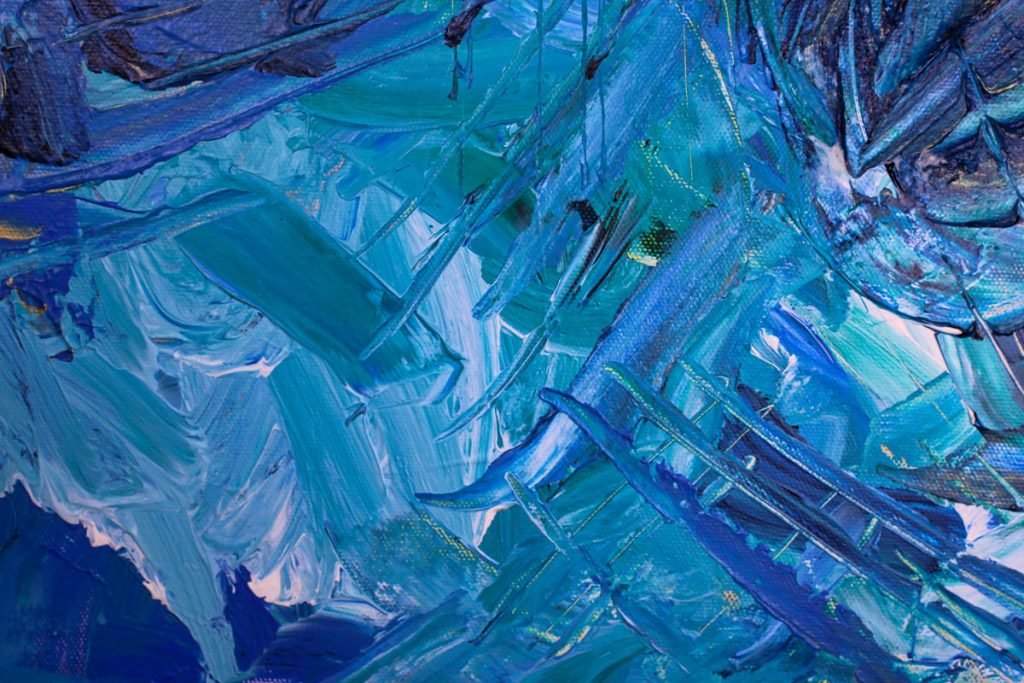When designing a website things can get pretty dicey.
Why?
People have different opinions and inputs about what constitutes good design.
Some people think that less is more. Others believe that you need to do an over the top website with a sleek modern design in order to get people’s attention.
Of course, both answers are right depending on what kind of website you’re designing. However, there’s much more to graphic design than that. Sure it’s important that you focus on sleek modern designs and simplicity. But it’s more important to ensure that your website is both readable and usable while providing depth and visual interest.
Thankfully, there’s no mystery to it.
In this post, I’ll show you how to use backgrounds and textures in a way that they contribute to the overall usability while providing visual depth.
Ready?
Let’s go.
Go Simple
Your backgrounds and textures don’t need to get noticed. Sure they should help bring attention to the rest of the design. But they should be a nearly invisible element that merely just contributes to the overall usability and readability of your website. And simple and understated backgrounds and textures are the perfect way to achieve this.
Go Big and Bold
If subtle isn’t your thing, you can opt for big and bold backgrounds and textures. Of course, going big and bold can be a little tricky because you have to create a tiling that’s invisible to the user to keep the background from becoming the center of attraction. Not to mention for oversized backgrounds to work, you have to keep an eye on user habits and analytics to ensure that your users are connecting with your visuals.
Incorporate a Trend
It makes a lot of sense to incorporate a trend. Your ultimate goal is to make your design look modern and fresh and incorporating a trend to your backgrounds and textures helps you do exactly that.
For instance, if you mix bright colored geometrical shapes onto a dark background, the pattern creates a nice texture that helps the user focus more on the text because the elements contrast with the background.
Use an Image
If you want to stimulate engagement and get high conversions, images play a pivotal role in your efforts. And when you consider that presentations with visual aids are 43% more persuasive and 65% of people are visual learners, it makes sense to use images as backgrounds and textures. However, you need to ensure that you fade the image into the background. Also, you need to ensure that the images relate to the brand and the main messaging to increase the level of visual interest.
Use Color Variations
Before we tackle why you should use color variations, let’s tackle the bigger question: why are colors so important?
The truth: Colors define the way we see things. And the fact that our brains are wired to interpret things through the colors we see makes colors all the more pivotal to design.
In addition:
- Colors improve your websites overall appeal.
- Colors change how we recognize and perceive a particular brand.
- Colors increase the desire to purchase more.
- Colors improve memory.
So why use color variations?
Color yields an enormous sway over emotions and attitudes. And a little mix and match can go a long way in creating depth and visual interest. So even without gradients and fancy geometrical shapes, the color variations draw the eye to the design.
Grab a Gradient
Gradients are incredibly trendy and visually engaging. Which makes them incredibly useful for creating visual interest. And the best thing about gradients is that you can either chose to use them alone or layer them with photos. Also, you can use almost any color combination which makes it incredibly easy to create texture and depth.
Animate It
Contrary to what you might think, dynamic background elements perform just as well as static background elements. And the best thing about it is that there’s no rule that forbids the use of dynamic backgrounds. However, to make the most out of a dynamic background, you should ensure that the movements are subtle so as not to detract the viewer from the main message.
In addition: To reap the fruits of a dynamic background, it’s also essential to include elements that twist or turn to grab the attention of your users. However, ensure that the motion doesn’t overwhelm the overall design.
Conclusion
Backgrounds and textures play a crucial role in how your designs look.
They tap into the visual psyche of your audience, encouraging them to explore more about your overall website design. But more importantly, backgrounds and textures encourage depth and visual interest.
If you can learn how to use backgrounds and textures more creatively, you’ll make your designs stand out and skyrocket engagement and visual interest in your designs.
